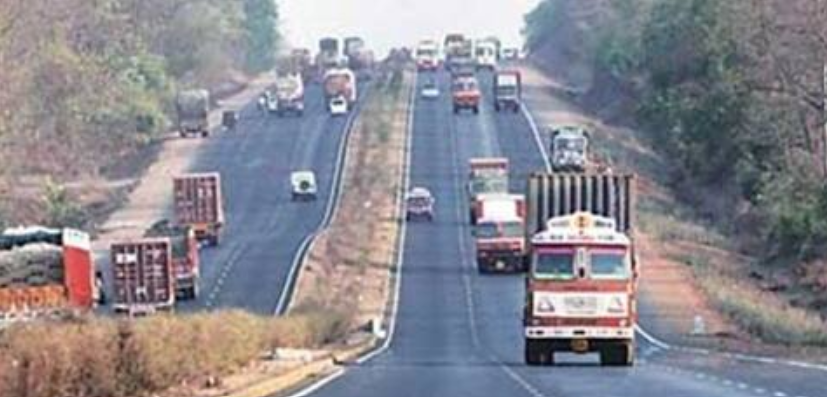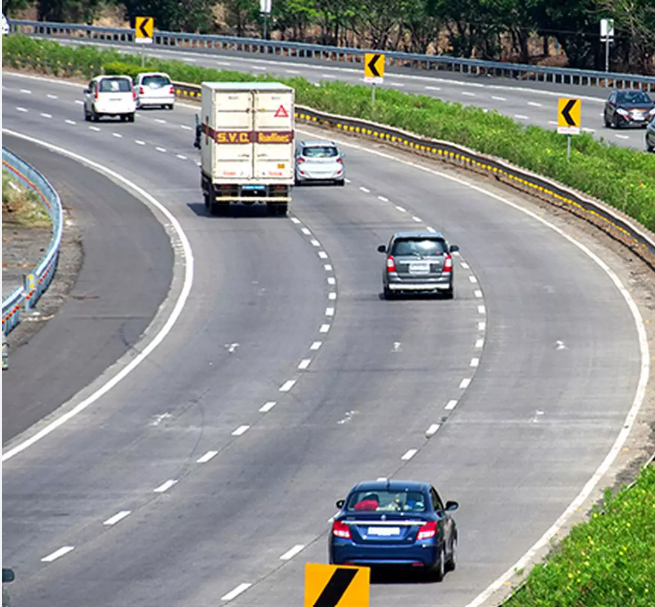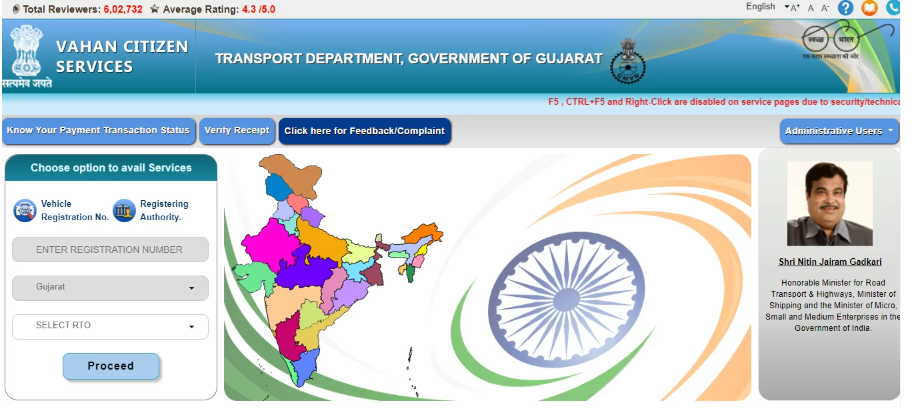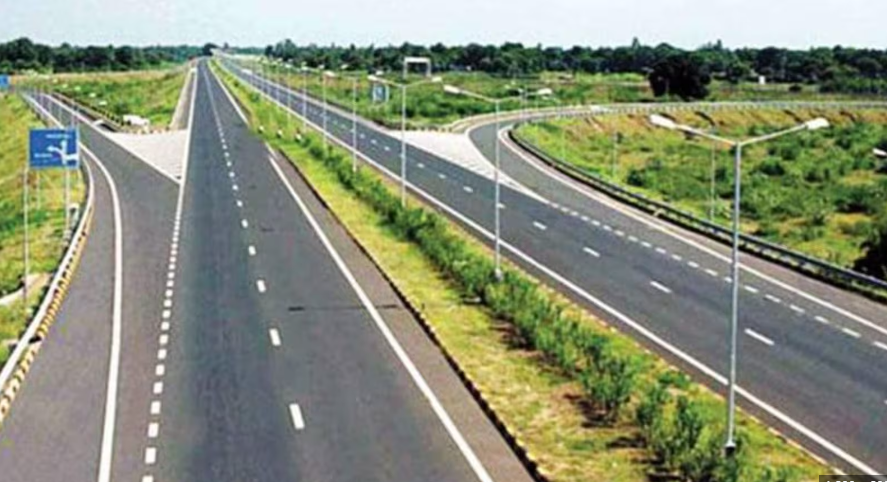This article explores the ways in which Tech Parivahan is contributing to the development of India’s transportation sector, looking at its main elements, advantages, and potential future directions.The integration of creative ideas and state-of-the-art technologies is causing a huge revolution in the Indian transportation sector. Tech Parivahan, a comprehensive project to modernise and improve the nation’s transportation infrastructure, is leading this revolution.
Introduction to Tech Parivahan
Tech Parivahan, or “Tech Transportation” is a visionary initiative designed to address the myriad challenges faced by India’s transportation sector. With a population exceeding 1.3 billion and rapidly growing urbanisation, the need for efficient, safe, and sustainable transportation solutions has never been more critical. Tech Parivahan leverages advancements in technology to create a smarter, more connected transportation ecosystem.

Key Components of Tech Parivahan
1. Intelligent Transportation Systems (ITS)
Intelligent Transportation Systems (ITS) are at the core of Tech Parivahan. ITS integrates various technologies, including sensors, communication devices, and data analytics, to improve the efficiency and safety of transportation networks. By collecting and analysing real-time data, ITS enables traffic management centres to monitor traffic flow, manage congestion, and respond to incidents promptly.
2. Smart Traffic Management
One of the primary objectives of Tech Parivahan is to alleviate traffic congestion in urban areas. Smart traffic management systems utilise real-time data from traffic cameras, sensors, and GPS devices to optimise traffic signal timings, reroute traffic, and provide drivers with alternative routes. This results in smoother traffic flow, reduced travel times, and lower emissions.
3. Digital Ticketing and Fare Collection
Tech Parivahan promotes the adoption of digital ticketing and fare collection systems in public transportation. Contactless payment methods, such as mobile wallets and smart cards, streamline the ticketing process, reduce cash handling, and enhance passenger convenience. Additionally, digital fare collection systems provide valuable data for transportation planning and revenue management.
4. Electric and Autonomous Vehicles
The initiative encourages the deployment of electric and autonomous vehicles to create a cleaner and more efficient transportation system. Electric vehicles (EVs) reduce dependence on fossil fuels and lower greenhouse gas emissions, while autonomous vehicles (AVs) promise to enhance road safety and optimise traffic flow. Tech Parivahan supports the development of EV charging infrastructure and AV testing facilities.
5. Public Transportation Modernization
Tech Parivahan aims to modernise public transportation by integrating technology into buses, trains, and metros. Features like real-time tracking, automated announcements, and passenger information systems improve the overall travel experience. Furthermore, the initiative advocates for the expansion of mass transit networks to accommodate the growing urban population.
6. Data-Driven Decision Making
Data is a critical asset in the Tech Parivahan initiative. By harnessing data from various sources, including traffic sensors, GPS devices, and social media, transportation authorities can make informed decisions. Predictive analytics and machine learning algorithms enable proactive measures to address potential issues, optimise routes, and plan infrastructure investments.

Benefits of Tech Parivahan
1. Enhanced Efficiency
Tech Parivahan significantly improves the efficiency of transportation networks. Smart traffic management systems reduce congestion, leading to shorter travel times and increased productivity. Digital ticketing and fare collection streamline operations, reducing delays and enhancing passenger satisfaction.
2. Improved Safety
Safety is a paramount concern in transportation. Tech Parivahan enhances road safety through ITS, autonomous vehicles, and real-time monitoring. Advanced driver assistance systems (ADAS) in vehicles, coupled with smart traffic management, reduce the likelihood of accidents and improve emergency response times.
3. Environmental Sustainability
The promotion of electric vehicles and the reduction of traffic congestion contribute to a greener environment. EVs produce zero tailpipe emissions, while optimized traffic flow reduces fuel consumption and air pollution. Tech Parivahan aligns with India’s commitment to reducing its carbon footprint and combating climate change.
4. Economic Growth
Efficient transportation networks are vital for economic growth. Tech Parivahan supports the movement of goods and people, facilitating trade and commerce. Improved public transportation attracts investments and boosts tourism. The initiative also creates job opportunities in technology development, infrastructure construction, and transportation management.
5. Enhanced User Experience
Tech Parivahan places a strong emphasis on improving the user experience. Real-time information systems, digital ticketing, and smart apps provide passengers with accurate information and convenient services. The modernization of public transportation ensures a comfortable and reliable travel experience for all citizens.

Challenges and Future Prospects
While Tech Parivahan holds immense potential, several challenges must be addressed to ensure its success.
1. Infrastructure Development
The implementation of advanced technologies requires substantial infrastructure investments. Developing smart traffic management systems, EV charging stations, and autonomous vehicle testing facilities demands significant financial resources and coordination among various stakeholders.
2. Data Privacy and Security
With the increasing reliance on data, ensuring data privacy and security is crucial. Robust cybersecurity measures must be in place to protect sensitive information from breaches and misuse. Clear regulations and guidelines are essential to maintain public trust.
3. Integration and Interoperability
The seamless integration of various technologies and systems is vital for Tech Parivahan’s success. Ensuring interoperability among different transportation modes, payment systems, and data platforms requires standardized protocols and collaborative efforts among technology providers and government agencies.
4. Public Awareness and Adoption
Public awareness and acceptance of new technologies play a crucial role in the initiative’s success. Educating citizens about the benefits of digital ticketing, EVs, and smart transportation systems is essential to drive widespread adoption. Government campaigns and incentives can encourage public participation.

Conclusion
Tech Parivahan represents a transformative leap towards a smarter, more efficient, and sustainable transportation sector in India. By leveraging intelligent transportation systems, smart traffic management, digital ticketing, and advanced vehicle technologies, the initiative addresses the challenges of urbanisation, congestion, and environmental impact. The benefits of Tech Parivahan extend beyond improved transportation networks to encompass economic growth, environmental sustainability, and enhanced quality of life for all citizens.
As India continues to embrace technological advancements, Tech Parivahan serves as a beacon of progress, demonstrating the power of innovation in shaping the future of transportation. While challenges remain, the collaborative efforts of government, industry, and the public will pave the way for a seamless and integrated transportation ecosystem that meets the needs of a rapidly evolving society.




